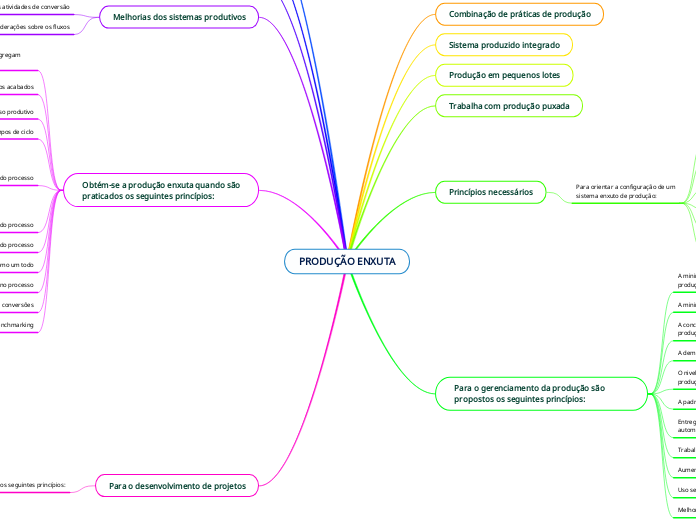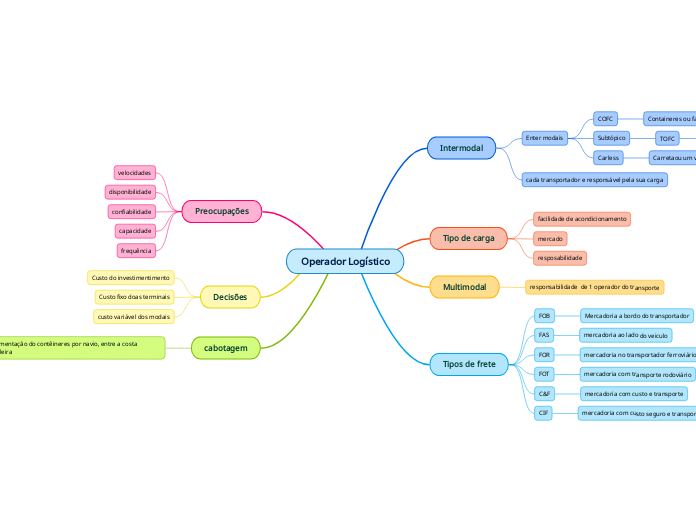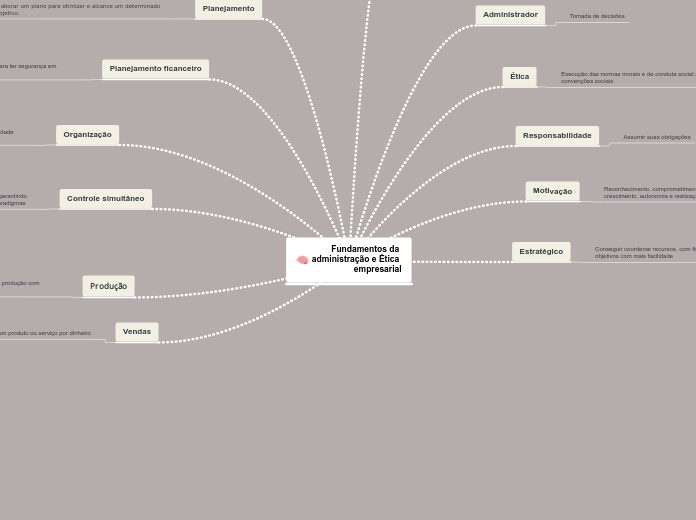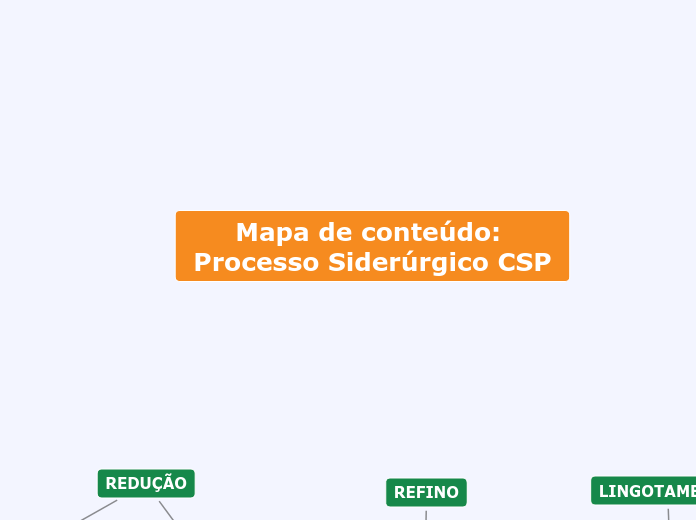Cadeia de Suprimentos
To name your story, you have to think about the overall message and what you want your audience to understand from the story. Also, make it relevant and easy to remember.
ESCOPO MODERNO
The ending of a story is essential. We all know that if the ending is weak, what happened before loses its importance. So make it unpredictable, but fair. A resolved ending answers all the questions and ties up any loose threads from the plot.
Distribuir
Transformar
This is the closure section of the story.
See examples of possible outcomes below:
- all problems have been solved
- it's clear how each one of your characters ends up
- your main character is transformed by the challenge
Adquirir
This is the moment when the main character surpasses the last obstacle and finally faces their greatest challenge.
The climax usually follows one of these patterns:
- realization
- resolution
- choice
Type in your answer.
IMPORTÂNCIA
Exigência de respostas rápidas e padronizadas
Agrega importante valor ao cliente
Complexidade das linhas de suprimento e distribuição
Expectativas elevadas
Custos significativos
ATIVIDADES DE SUPORTE
Manutenção de informações
Procedimentos de controle
Análise de dados
Coleta, armazenamento e manipulação de informações
Cooperação com produção/operações para:
Programação de suprimentos para produção/
operações
Seqüência e prazo do volume da produção
Especificação de quantidades agregadas
Embalagem protetora projetada para:
Proteção contra perdas e danos
Estocagem
Manuseio
Compras
Quantidade das compras
O momento da compra
Seleção da fonte de suprimentos
Manuseio dos Materiais
Alocação e recuperação de matérias
Procedimentos para separação de pedidos
Normas de substituição de equipamento
Armazenagem
Localização do estoque
Configuração do armazém
Layout do estoque
Determinação do espaço
COMPOSTO DE ATIVIDADES
The middle of the story is where you add layers of complications that will lead to the end. Reveal more about the character's journey. Did their personality go through changes? How did they overcome the challenges? And as you build up the story’s central conflict, make it more personal to that character. Also, from the middle act, you have to lead into the final act.
Fluxos de informação
Regras sobre pedidos
Métodos de transmissão de informação sobre
pedidos
Procedimento de interface entre pedidos de
compra e estoques
Gerência de estoques
There wouldn't be any tension and excitement in your story if there weren't any obstacles in your character's way.
Estratégias ju st-in -tim e, de empurrar e de
puxar
Número, tamanho e localização dos pontos de estocagem
Variedade de produtos nos pontos de estocagem
Previsão de vendas a curto prazo
Políticas de estocagem de matérias-primas e produtos acabados
A story is nothing more than a character overcoming a series of difficulties to reach the desired goal. Obstacles usually create suspense and conflict. In overcoming obstacles, there is growth: weak becomes strong; hatred turns into love; sadness into happiness; wrong into right; lies into truth; or evil becomes good.
See a few examples below:
- stopping a meteor
- finding a killer
- finding love
Transporte
Your character(s) need(s) motivation in order to solve the challenge(s).
Auditoria de frete
Processamento das reclamações
Seleção do equipamento
Programação de veículos
Secondary characters also might have motivs beacuse of which they may cross path with main character or which might trigger them to help the main character.
Determinação de roteiros
Consolidação de fretes
Secondary characters might also have motives that lead them to cross paths with the main character or which might trigger them to help the main character.
Seleção do modal e serviço de transporte
Why does your character need to confront this challenge? What does he/she expect to accomplish by solving it?
See a few examples:
- will marry in 3 days
- can fix the mistakes of the past
Each story has a main character and that character usually needs to solve a problem or challenge. The character's challenge is the one that creates tension throughout the story.
Estabelecer níveis de serviços ao cliente
Determinar a reação dos clientes ao serviço
Type in any other challenges which other characters in the story need to face.
Determinar as necessidades e desejos dos
clientes em serviços logístico
In most stories, there are 3 challenges. The number 3 is a mystical number symbolizing completeness. Try to come up with interesting challenges with which your character needs to struggle.
See a few examples below:
- turns into a werewolf at night
- is sent back in time
CANAIS FÍSICOS
Distribuição
lacuna de tempo e espaço entre os pontos de processamento da empresa e seus clientes
Suprimento
lacuna em tempo e espaço entre as fontes materiais imediatas de uma empresa e seus pontos de processamento
MISSÃO
Vantagem competitiva
Agregar valor
Lucratividade
Satisfação do cliente
OBJETIVOS
Condições desejadas
Momento certo
Lugar certo
Produto ou serviço certos
DEFINIÇÕES
In the beginning of the story (or the exposition), you will need to introduce the setting and characters. You might also want to introduce the main conflict. This part of the story is important because it gives the reader necessary background information and maybe even a first insight into a character’s personality.
GERENCIAMENTO DA CADEIA DE SUPRIMNETOS
The setting (time & place) of a story can change throughout the plot.
Atividades relacionadas com o fluxo e transformação de mercadorias desde o estágio da matéria-prima até o usuário final
Informação
Materiais
Interações logísticas que ocorrem entre as funções de uma empresa
Your story can take place wherever your imagination will take you to.
For example: in an elevator, in an enchanted forest, etc. Don't forget to give details of the environment each time the setting changes, otherwise, the story can be confusing. Also, mention the seasons as each of them has unique weather and events.
Logística
LOGÍSTICA EMPRESARIAL
Characters are essential to a good story. Usually, the protagonist(s) is/are the most affected by the plot. Introduce a character by focusing on their actions, interests, and occupation, as the physical appearance doesn't make a difference in most cases.
Gestão coordenada de
atividades inter-relacionadas
Armazenagem (Estoque)
Movimentação (Transporte)
Gestão Integrada
Type in the name of your character.
Produção
What is your character's main goal?
fight Evilfind lovedefeat his/her enemyrule the worldmake friendstime travelmake an awesome discoveryOther
Marketing
Which traits best describe the character's personality? Choose more if necessary:
introvertedloyalkindindependentquick-thinkingadventuresomeidealisticsweet-naturedcalmrisk-takercreativewittystrictfussyweirdclumsyharshaggressivecarelessclingingcowardlycrueldeceitfulimpulsiveOther
Finanças
Choose the type of your chacter:
Protagonist (main character)Antagonist (main character's opponent)Flat (stereotypical character)Round (his/ her personality develops throughout the story)Static (doesn't evolve as a person throughout the story)Dynamic (dramatical change in personality)Confidant (the main character trusts him/ her)Foil (contrasting character who enhances the personality of another character)Other










